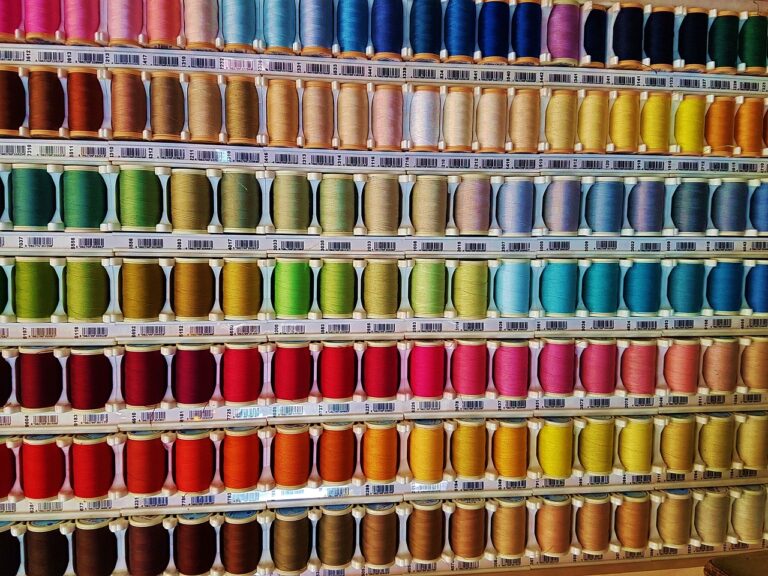Breaking Barriers: Celebrating Diversity and Inclusion in the Fashion Industry
Representation in fashion is a crucial element that shapes the industry’s narrative and influences societal perceptions. Seeing diverse models of different ethnicities, body types, and gender identities on runways and in campaigns not only empowers marginalized communities but also offers a more authentic reflection of society as a whole. When individuals see themselves represented in fashion, it validates their existence and helps break down stereotypes and biases that have long been perpetuated in the industry.
Moreover, the importance of representation in fashion extends beyond just surface-level visibility. It also plays a significant role in challenging the traditional beauty standards that have been prevalent for decades. By showcasing a variety of aesthetics and perspectives, the industry opens up a space for creativity and self-expression that is inclusive and welcoming to everyone, regardless of their background or appearance. This shift towards more diverse representation not only broadens the scope of fashion but also sends a powerful message of acceptance and inclusivity to consumers worldwide.
Challenges Faced by Minorities in the Industry
Minorities in the fashion industry often encounter hurdles that their non-minority counterparts may not necessarily face. From limited opportunities for growth and advancement to bias in hiring practices, the road to success can be more arduous for individuals belonging to marginalized groups. This disparity can be especially disheartening for aspiring minority fashion professionals who aspire to break into the industry and make a name for themselves.
Moreover, the lack of representation of minorities in key decision-making roles within the fashion industry poses a significant obstacle for those looking to influence and shape the direction of the industry. Without diverse voices at the table, perspectives and experiences unique to minorities may be overlooked, leading to a homogenized portrayal of fashion that fails to authentically reflect the diversity of its audience. This underrepresentation not only limits the opportunities available to minorities but also hinders the industry’s ability to evolve and stay relevant in a rapidly changing world.
Promoting Body Positivity and Inclusivity
Body positivity and inclusivity are crucial aspects that the fashion industry must prioritize. By showcasing a diverse range of body types, skin colors, and identities on the runway and in campaigns, fashion brands can empower individuals to embrace their uniqueness and feel represented. This not only promotes self-confidence and self-acceptance but also sends a powerful message that beauty comes in all shapes, sizes, and forms.
Moreover, promoting body positivity and inclusivity in the fashion industry can help challenge societal norms and stereotypes. Embracing diversity in fashion allows for a more inclusive and accepting society where individuals are celebrated for who they are, rather than conforming to unrealistic standards. By amplifying the voices and narratives of marginalized communities, fashion can become a platform for empowerment and social change.
What is body positivity and why is it important?
Body positivity is the acceptance and appreciation of all body types, promoting self-love and confidence regardless of size or shape. It is important because it challenges unrealistic beauty standards and encourages individuals to embrace their unique attributes.
How can the fashion industry promote inclusivity?
The fashion industry can promote inclusivity by featuring a diverse range of models in their campaigns and runway shows, offering a wider range of sizes in their clothing lines, and showcasing a variety of cultural backgrounds in their designs.
What are some challenges faced by minorities in the fashion industry?
Minorities in the fashion industry often face discrimination, lack of representation, and limited opportunities for advancement. They may also encounter cultural appropriation and stereotypes in the industry.
How can individuals promote body positivity in their daily lives?
Individuals can promote body positivity by practicing self-care, surrounding themselves with positive influences, and challenging negative self-talk. They can also support brands and influencers that promote diversity and inclusivity in their messaging.





